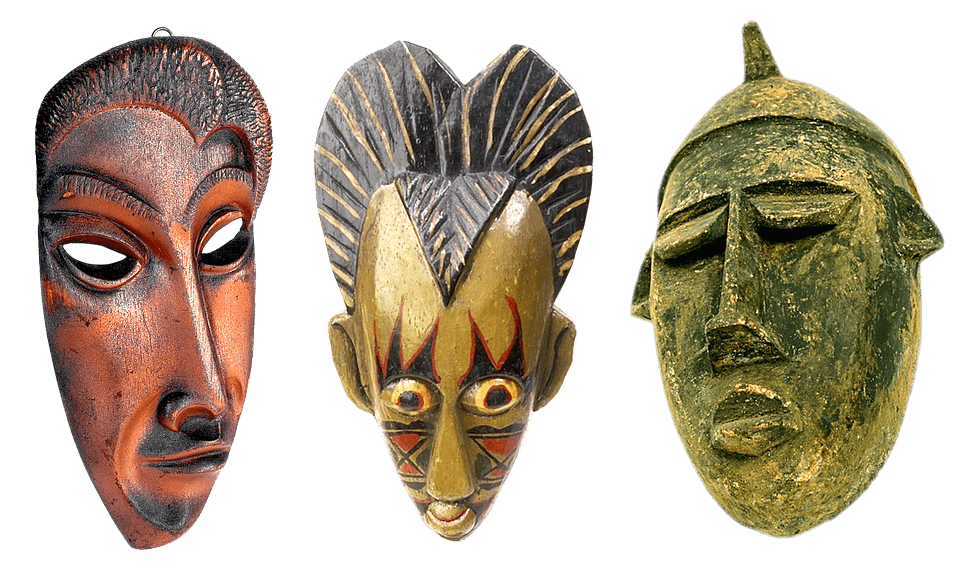Now that we’ve thought a bit about the barriers to connectedness we find in our own lives, how do we go about changing those barriers so that we can achieve connection to others? To nature? To our True Selves?

Think for a moment about the different faces we wear each day. If you’re interacting with people at work, do they see the same person that your family at home sees, or do you wear a different face in work situations? When you’re at school, do you interact with people in the same way that you would interact with someone on a date? If you are at church, mosque, or temple, do you act in the same way you would act if you were out for a night on the town?
If you’re like most people, you probably have different masks that you wear for different social situations.
Now look back on your list on Worksheet 7.3 above. Are there any people on your list who prevent you from feeling connected?
Think about those people for a moment. Be totally honest with yourself. Do you think that those people act the same way in all social situations, or do they wear masks as well? Pick out one individual with whom you have difficulty feeling connected. Think of the mask they wear that seems to act as a barrier to your ability to connect with them. How much of that mask is their natural inclination, and how much of it is their response to the mask that you wear when you are with them?
This is not to say that you are responsible for the rude or reprehensible behavior of others. Each individual is responsible for his or her own behavior. The idea here is to evaluate your own responses to such behavior. Is there anything you can change that might make it easier to connect with them? If so, try it and see if their behavior improves. If, after changing the way you respond, you still find the person difficult to connect with, or even to be around, then you’ve done all you can do to correct the situation. At that point, your part in the problem interaction is over and done with, and you will have to practice mindful awareness. If you’ve done everything you can to try to get along with a difficult person, and they’re still being difficult, then this is usually a good indication that the problem lies with the other person and not with yourself. You are not obligated to change other people’s behavior.
With this idea in mind, you can also try to see beyond the mask that the other person is wearing. Masks are often worn to hide a person’s true identity. Is the other person trying to hide something? Could it be that they wear the mask out of fear of letting someone see who they really are? What could you do to help them change their mask? Even if you can’t get them to put on a different face with you or with others, you may come to understand that their mask hides a deep hurt, and their mask is their way of protecting themselves from further hurt.
Going back to Jung’s ideas of the Shadow and the Persona, the Persona is the mask we wear in our day-to-day lives, possibly to hide those darker impulses in the Shadow. Think about your Persona mask. What sort of mask do you wear with the world? What sort of mask would you like to wear?
Now imagine the person you are becoming as you walk the Way of the Coyote. If your True Self were a mask, what would it look like? Download the Faces and Masks exercise below to find out.

